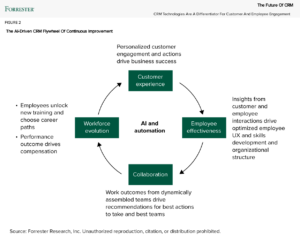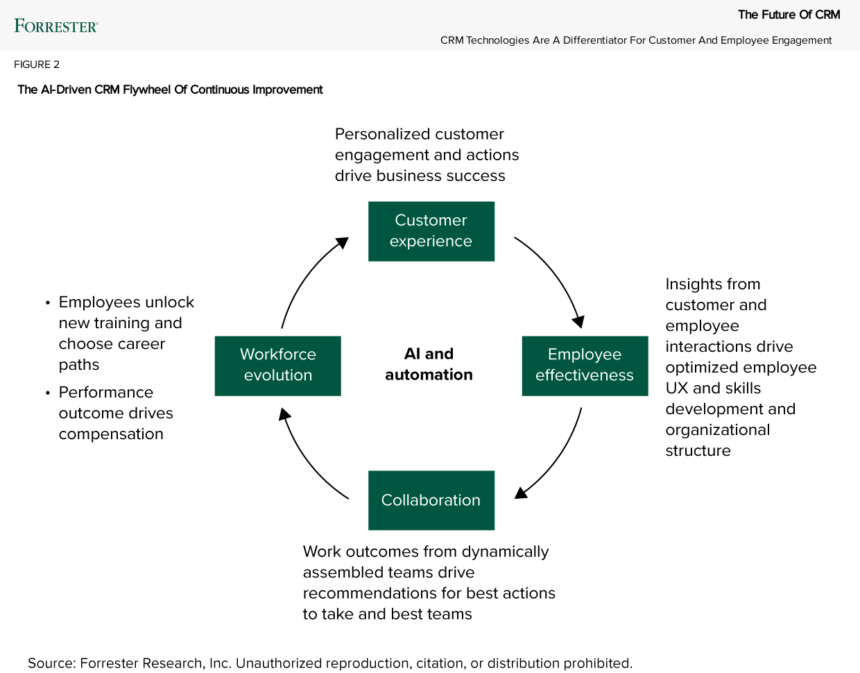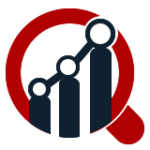Salesforce and Workday announced a strategic partnership to blend customer, financial and employee data in a shared data foundation that negates the need to duplicate data or build custom integration. The result? Optimized employee and customer experiences that up-level business outcomes for joint Salesforce-Workday customers. The strategic objective? Salesforce extends its power into back-office workflows that to date have not been readily available and becomes a more powerful option for HR management. Considering that these products do not have overlapping capabilities, this partnership unlocks market expansion opportunities for both vendors.
The value of Salesforce has been inherently limited to front office workflows that only support a partial customer 360. Pain points include 1) financial data that captures the details of every transaction is not easily available to customer-facing employees; 2) people data that captures employee skills and performance is disconnected from work and customer outcomes making staffing and training harder to do; 3) overall business planning and analysis lacks a holistic view of total costs and resourcing options.
There is strong overlap between the customer base of Salesforce and Workday, and the combined power of these solutions has a lot of potential– especially for those customers utilizing Workday for Financials, and Adaptive Planning or other Workday capabilities beyond HCM. Together, they drive up-leveled employee engagement, collaboration, and the evolution of your workforce, creating a flywheel of continuous improvement.

Initial focus is on employee productivity
The initial use cases for the Salesforce and Workday partnership seek to improve employee productivity. They are:
- AI assistance for employees. By integrating Einstein’s agent platform with Workday AI, it brings the power of two generative AI solutions into one seamless employee experience accessible across both platforms. The AI bot coordinates employee onboarding tasks, answers questions about benefits, policies, and supports self-service transactions like updating healthcare plans. It also helps curate personalized learning paths based on employee’s roles, skills and career interests tracked in Workday.
- Shared data foundation built on Salesforce Data Cloud and Workday. Workday will leverage the Salesforce Zero Copy Partner Network allowing both Salesforce and Workday to have one shared data foundation. This will allow customers to access and action financial, HR, and CRM data across both platforms without having to duplicate data or build custom integrations.
- Enhanced Workday collaboration in Slack. Workday will offer conversational interfaces for employees to access and collaborate around its financial and HR records directly in Slack. These include tasks, pay, job requisitions, employee details, and general ledgers, etc.
Forrester Take-Aways
These use cases leverage the full remit of Salesforce capabilities which include Data Cloud, Slack and Einstein AI. This combined data foundation is more powerful for those who already heavily use Salesforce and Workday. For example, future near-term use cases include better capacity planning of your workforce based on matching employee skills with demand signals from Salesforce; continuous financial planning that leverages employee and customer data and up-leveled sales training and coaching based on historical deal performance. Note that the value realization is much wider if you use Workday for ERP and/or FP&A versus for HCM only.
Consider the incremental costs to weigh the combined value of these solutions. Continue the conversation with Forrester analysts, Kate Leggett, Liz Herbert, and Akshara Naik Lopez. Keep an eye out for the 2025 enterprise software predictions, coming soon!








